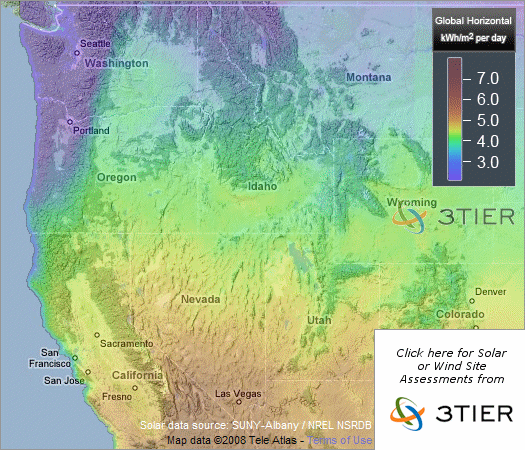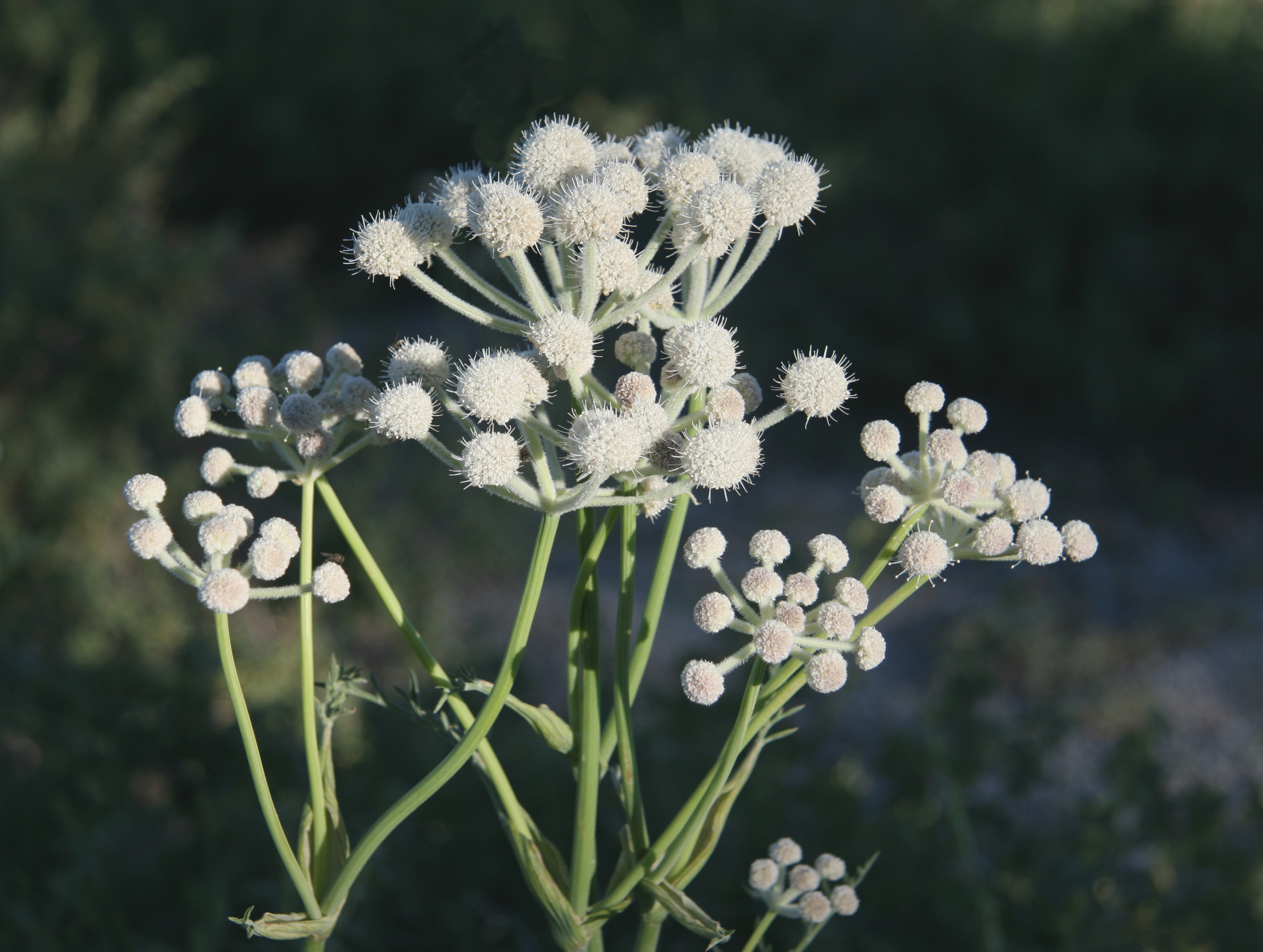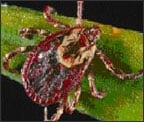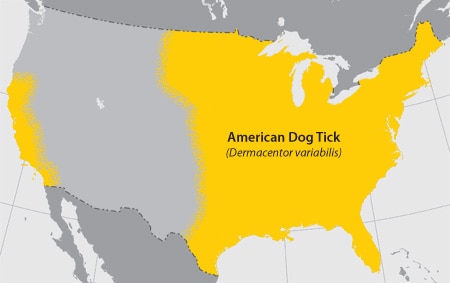Tuesday, December 11, 2012
Paul Krafel, author of Shifting / Seeing Nature
Paul Krafel is one of the great unsung ecological thinkers. His original book, "Shifting", self-published in the 1980's, gained a cult following for its blending of meticulous natural history observations (i.e. the entire sequence of insect colonization of a decomposing deer over an entire season) and deep reflections on the role of humans vis-a-vis nature, work, and mind. His book is now being republished as Seeing Nature: Deliberate Encounters with the Visible World.
He is also a founder and senior instructor at Chrysalis Charter School in Redding, CA. He writes a series of newsletters about life at the environmental education-focussed school, as well as his continuing explorations into inner- and outer-space (see story about photos above).
Tuesday, December 04, 2012
A Tree Dies in the Forest...
Eastern forest disturbance is primarily through canopy gaps. These forests are ...."characterized by a long recurrence interval of disturbance relative to successional recovery time as well as small disturbance area."
HR Delcourt and PA Delcourt. Eastern Deciduous Forests. in MG Barbour and WD Billings; North American Terrestrial Vegetation. 2nd Edition.
HR Delcourt and PA Delcourt. Eastern Deciduous Forests. in MG Barbour and WD Billings; North American Terrestrial Vegetation. 2nd Edition.
Saturday, December 01, 2012
Stream Restoration with NCSU
Along Dry Gulch in Carrboro, North Carolina:

Karen Mendenhall (NCSU extension specialist) and city of Carrboro Environmental Planner, Randy Dodd led the riparian planting. Rock structures had already been installed:

Detail of restoration plunge-pool rock structures. Not visible is the substrate, an innovative mix of sand and woodchips.
Juncus ephesus was planted below bankfull - hopefully it won't wash out in the big storms of winter!
Species Planted:
Woody:
Betual nigra (Black or River Birch)
Alnus serrulata (tag alder)
Rhodendron austrinum (Florida Azalea)
Hamamelis sp., probably virginiana (Witch Hazel)
Quercus michauxii (Swamp Chestnut)
Platanus occidentalis (American Sycamore)
Salix nigra (Black Willow)
Cornus amomum (Silky Dogwood)
Viburnum sp (Viburnum)
Grasses:
Juncus ephesus (Soft Rush)
Chasmanthium latifolium (River Oats)

Karen Mendenhall (NCSU extension specialist) and city of Carrboro Environmental Planner, Randy Dodd led the riparian planting. Rock structures had already been installed:

Detail of restoration plunge-pool rock structures. Not visible is the substrate, an innovative mix of sand and woodchips.
Juncus ephesus was planted below bankfull - hopefully it won't wash out in the big storms of winter!
Species Planted:
Woody:
Betual nigra (Black or River Birch)
Alnus serrulata (tag alder)
Rhodendron austrinum (Florida Azalea)
Hamamelis sp., probably virginiana (Witch Hazel)
Quercus michauxii (Swamp Chestnut)
Platanus occidentalis (American Sycamore)
Salix nigra (Black Willow)
Cornus amomum (Silky Dogwood)
Viburnum sp (Viburnum)
Grasses:
Juncus ephesus (Soft Rush)
Chasmanthium latifolium (River Oats)
Tuesday, November 27, 2012
Monday, November 26, 2012
Thursday, October 25, 2012
Lion's Mane Mushroom!
Harvesting a Lion's Mane (Hericium erinaceus) mushroom growing on a dead tree. We found a number of these delicious (tastes like parmesian to me) mushrooms growing around North Carolina this Fall...
Monday, October 01, 2012
Two Poems
rip rap stabilization
concrete weirs and check dams
cross-vanes, rock vanes, and double wing deflectors
sediment transport and Q analysis
j-hook vanes
vegetated "coir logs"
IDAHOENSIS
learn to love and hate...at once
a willow thicket
bicycling
hot UV sunlight
Idaho
summit,
at the nadir of the valley
hunters and fishers line your sedge banks
interpersed with willows
Pahsimeroi,
your cliff wall and bed were broken
down by humans, by analytical measurement
(into 4097-millimeter pebbles)
you tried to sweep us downstream, like dirt
lodged in crevices; we crimped along, three legged
with external bladders and strapped-on electronics
Wild Horse,
flowing wide from the mouth of Mustang and Hyndman
sweeping a perfect glacial valley
clear of rockfall;
too much to move
Meridian,
Monday, September 10, 2012
Wednesday, August 29, 2012
Wednesday, August 22, 2012
Plant OR Animal Distributions
BOMAP has the best plant distribution maps, by county.
Sphenosciadium capitellatum:
The GAP program has the best vertebrate distribution maps (modeled).
American Pika (Ochotona princeps):
Sphenosciadium capitellatum:
The GAP program has the best vertebrate distribution maps (modeled).
American Pika (Ochotona princeps):
Idaho Forest Fires
View of the Halstead fire in the Salmon-Challis National Forest on July 31st from SR-21.
Summer convective thunderstorms add only a small amount to the water budget of the Northern Rockies, and the fire season here typically picks up when evaporation greatly exceeds precipitation in the latter half of the summer.
Percent of normal precipitation, June 21st to August 21st:

from http://water.weather.gov/precip/
2012 has been a dry summer, and there are currently three major forest fires burning in central Idaho (from north to south): the Mustang Complex that grew out of the uncontainable Chrandal Creek Fire, the Halstead Fire Northwest of Stanely, ID, and the Trinity Ridge Fire Northwest of Anderson Ranch Resevoir and Pine, ID. This image from August 10th clearly shows the smoke plumes from these three megafires, which have each burned nearly 100,000 acres of forest so far, with no end in sight.
Craters of the Moon National Monument lavafields are visible in the lower right corner, Boise is in the lower left, Lake Cascade and McCall are in the center left, and Montana is just visible in the upper right.
Percent of normal precipitation, June 21st to August 21st:

from http://water.weather.gov/precip/
2012 has been a dry summer, and there are currently three major forest fires burning in central Idaho (from north to south): the Mustang Complex that grew out of the uncontainable Chrandal Creek Fire, the Halstead Fire Northwest of Stanely, ID, and the Trinity Ridge Fire Northwest of Anderson Ranch Resevoir and Pine, ID. This image from August 10th clearly shows the smoke plumes from these three megafires, which have each burned nearly 100,000 acres of forest so far, with no end in sight.
from http://activefiremaps.fs.fed.us/
Tuesday, July 24, 2012
Saturday, July 21, 2012
Wednesday, May 02, 2012
Monday, April 30, 2012
The Future of Forests...is People
David Wear, USFS, predicts large declines in forest area in the US as
more and more land is developed for housing. Over the next 50 years the
US population is forecast to double again to 500 million, mostly along the
coasts.

Most of the RPA interval projections by the USFS are driven by economic analyses. Increased wealth greatly increases the impact of any increase in human population, because wealthier people build bigger houses, shop more, and need more roads. More people will need more food, leading to higher food prices that threaten to undo the conservation reserve program, putting reforested land back into food production. But higher prices for timber or biomass would actually increase forested area! With a higher value on trees, timbered lands might be worth too much to develop....
I conclude that the US needs a healthy forest products (including, somehow, forest biomass) industry to push back against the teeming urban hordes.
Most of the RPA interval projections by the USFS are driven by economic analyses. Increased wealth greatly increases the impact of any increase in human population, because wealthier people build bigger houses, shop more, and need more roads. More people will need more food, leading to higher food prices that threaten to undo the conservation reserve program, putting reforested land back into food production. But higher prices for timber or biomass would actually increase forested area! With a higher value on trees, timbered lands might be worth too much to develop....
I conclude that the US needs a healthy forest products (including, somehow, forest biomass) industry to push back against the teeming urban hordes.
Thursday, April 12, 2012
Finally, after months of waiting, Thursday, April 12 was burn day at Mason Farm Biological Reserve.
It has been very dry here and Tuesday was a Red Flag day, but Thursday dawned cool and not-too-windy.
A little bit more wind would have been helpful to oxygenate the burn more. Trees have already leafed out, decreasing below-canopy advective and convective air movement.
There were no problems with the fire lines, and the burn was finished by 5 PM.
For more information about natural fire regime in Southeastern Piedmont forests:
It has been very dry here and Tuesday was a Red Flag day, but Thursday dawned cool and not-too-windy.
A little bit more wind would have been helpful to oxygenate the burn more. Trees have already leafed out, decreasing below-canopy advective and convective air movement.
There were no problems with the fire lines, and the burn was finished by 5 PM.
For more information about natural fire regime in Southeastern Piedmont forests:
Frost CC, Walker J, Peet RK. Fire-dependent savannas and prairies of the Southeast: original extent, preservation status, and management problems. Wilderness and natural areas in the eastern United States: a management challenge. Nacogdoches, TX: Stephen F. Austin State University, School of Forestry, Center for Applied Studies. 1986:348–357.
Wednesday, March 28, 2012
Tuesday, March 27, 2012
Ben Ahrens: Cultivating Intuition Through Meticulous Self-Tracking
The last word on quantified personal health info!
Saturday, March 24, 2012
Summer in Spring 2012
"This March, we started with twelve days of April weather, followed by ten days of June and July weather, with nine days of May weather predicted to round out the month"
 image from Dr. Jeff Masters
image from Dr. Jeff Masters
Monday, March 19, 2012
Pleistocene Climate Change Context
A roadmap of the last 50,000 years helps put the modern global warming in context:
 This awesome graph, and many others, can be found here. Includes a good discussion of the Eemian interglacial and other interglacials in comparison with the modern Holocene.
This awesome graph, and many others, can be found here. Includes a good discussion of the Eemian interglacial and other interglacials in comparison with the modern Holocene.
 This awesome graph, and many others, can be found here. Includes a good discussion of the Eemian interglacial and other interglacials in comparison with the modern Holocene.
This awesome graph, and many others, can be found here. Includes a good discussion of the Eemian interglacial and other interglacials in comparison with the modern Holocene.
Sunday, March 11, 2012
Catestrophic Fire in the West
What if wildfire risk were catastrophically worse than we have imagined? Dr. Littell (University of Washington) walks us through just such a scenario in this USFS webinar. He starts by pointing out that the recent increase in wildfire area is not unprecedented. The traditional story has been that large "mega-fires" have increased in recent years, but Littell's reanalysis and recalculation of historical records found that the natural fire regime from 1910-1940 may have matched the last thirty years of large fires. (cf: The Big Burn) In both time periods perhaps 97% of the area burned was the result of less than 3% of the fires, the mega-fires.
 Dr. Littell considers whether the dip in the middle is actually due to the triumph of fire suppression, or whether it is climatically driven:
Dr. Littell considers whether the dip in the middle is actually due to the triumph of fire suppression, or whether it is climatically driven:

What happens if it gets even warmer? Littell goes on to calculate fire probabilities based on temperature and precipitation and projects the results in a model of a 1 degree C climate change future:
 Percentage Increase in Area Burned with +1C. White areas did not have a significant relationship between area burned and temperature.
Percentage Increase in Area Burned with +1C. White areas did not have a significant relationship between area burned and temperature.
 Dr. Littell considers whether the dip in the middle is actually due to the triumph of fire suppression, or whether it is climatically driven:
Dr. Littell considers whether the dip in the middle is actually due to the triumph of fire suppression, or whether it is climatically driven:
What happens if it gets even warmer? Littell goes on to calculate fire probabilities based on temperature and precipitation and projects the results in a model of a 1 degree C climate change future:
 Percentage Increase in Area Burned with +1C. White areas did not have a significant relationship between area burned and temperature.
Percentage Increase in Area Burned with +1C. White areas did not have a significant relationship between area burned and temperature.
Fire Burns Hotter After Absense
Reintroducing fire to long-unburned Southeastern Pine Savannas can kill the "fire dependent" Long Leaf Pine while sparing fire sensitive species that have invaded the Savanna. It seems the pines loose their adaption to fire over time. Their roots grow into the thick duff layers of pine needles they themselves produced. When a fire finally starts, either by accident or through restoration efforts, the usual wave of fast-moving "scorching" flames are followed by a second, deadly wave of smoldering fire in the deep pine duff. The duff is thickest around old pine trees so the smoldering fire preferentially kills older "fire dependent" trees.
The human health effects of smoldering fires are also much worse than open flames.
Varner et al 2005 Restoring Fire to Long-Unburned Pinus palustris Ecosystems: Novel Fire Effects and Consequences for Long-Unburned Ecosystems

The human health effects of smoldering fires are also much worse than open flames.
Varner et al 2005 Restoring Fire to Long-Unburned Pinus palustris Ecosystems: Novel Fire Effects and Consequences for Long-Unburned Ecosystems
Subscribe to:
Posts (Atom)

























